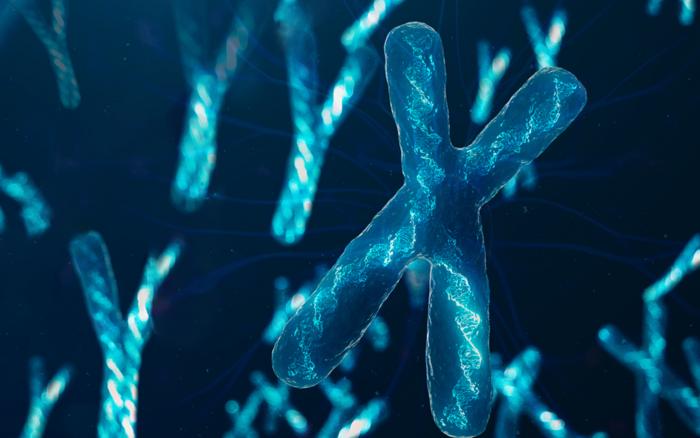Hyperdiploidy is the largest genetic entity B-cell precursor acute lymphoblastic leukemia (B-ALL) in children. Researchers at St. Jude Children’s Research Hospital now say they have worked to better define this type of ALL in the context of modern therapy to more accurately predict patient outcomes and guide treatment decisions.
The findings were published in the Journal of Clinical Oncology in an article titled, “Prognostic and Pharmacotypic Heterogeneity of Hyperdiploidy in Childhood ALL.”
The researchers compared existing methods for defining hyperdiploidy, and they discovered that DNA index, a measure of total DNA in leukemic cells, could effectively classify and predict outcomes for hyperdiploid leukemia.
“Hyperdiploidy definitions have historically been derived from the retrospective studies of previous protocols,” said co-corresponding author Ching-Hon Pui, MD, at the departments of oncology, pathology, and global pediatric medicine at St. Jude. “By comprehensively comparing six different classification methods in the same patient cohort, we show that a simple system, such as the DNA index, is optimal for stratifying patients with a good prognosis. This approach remains applicable in modern studies with contemporary risk-directed therapies.”
DNA index casts a wider net over the hyperdiploid patient population, making it a valuable starting point for those working in resource-limited settings that may have finite access to more expensive methods, such as whole-genome sequencing. This finding holds significance for medical centers around the world.
“The DNA index seems advantageous over other classification criteria because it captures a significant proportion of patients with excellent prognoses who are missed by a few other hyperdiploid definitions,” said co-corresponding author Jun J. Yang, PhD, at the departments of pharmacy and pharmaceutical sciences and oncology, St. Jude.
While DNA index is highly informative of treatment outcomes, it has limitations—it cannot identify the specific chromosomes that have been gained. This study also found that not all extra chromosomes are created equal, with some having a more significant impact on outcomes. Combining DNA index with more chromosome-specific approaches would be crucial in further individualizing therapy for this patient population.
The researchers discovered an association between specific chromosomal gains and sensitivities to the anticancer drugs asparaginase and mercaptopurine in patients with favorable prognoses. Unlike previous studies focusing only on drugs used at initial diagnosis, this research also explored drugs administered later in treatment.
“The significance of this study lies in its comprehensiveness. We have examined the spectrum of drugs used to treat ALL to identify those that are particularly effective for hyperdiploid ALL,” Yang said.
This study paves the way for future discussions about defining patient populations and advancing precision medicine for hyperdiploid pediatric cancer.


